The Robot Renaissance: Celebrating the Birth of AI Art
Introduction
Art has been in a continuous state of evolution, culminating in the present era — the Robot Renaissance, where we’re witnessing the birth of AI art. A revolutionary concept, AI art leverages artificial intelligence to create compelling pieces that blur the boundaries between human creativity and machine precision. This blog delves into this fascinating topic, tracing the journey from the earliest impact of technology on art to the rise of AI art.
The Evolution of Art & Technology
From Early Tools to Digital Graphics
Art and technology have been intrinsically linked since prehistoric times. Early humans used the rudimentary technology of their era, stone tools, to carve out the first known artworks. As technology advanced, so did the complexity of the artistic mediums and methods. The invention of photography, for example, transformed the art world in the 19th century. In the latter part of the 20th century, digital graphics emerged as a powerful tool, paving the way for art to transition into the digital realm.
-
LeBron James
Art Prints $160.00 – $200.00Buy now This product has multiple variants. The options may be chosen on the product page -
US President 44
Art Prints $160.00 – $200.00Buy now This product has multiple variants. The options may be chosen on the product page -
US President
Art Prints $160.00 – $200.00Buy now This product has multiple variants. The options may be chosen on the product page
Role of Technology in Creating New Art Forms
Technology has always played a significant role in fostering innovation in art. The advent of photography brought about a shift in the perception of art and introduced a new art form — the photographic print. Later, with the rise of digital technology, new genres such as digital painting, digital sculpting, and pixel art emerged, expanding the artistic landscape. Graphic design software enabled artists to manipulate images in ways that would have been unthinkable in the physical world, adding a new layer of complexity and possibility to art.
Introduction of AI in Art
Artificial intelligence took the art world by storm, introducing a paradigm shift in how art could be conceived and created. Unlike traditional art tools, AI could analyze, learn, and create, adding an unprecedented depth to the process of art creation. AI art generator from photo capabilities opened up a world of opportunities for artists, allowing them to transform simple photographs into intricate pieces of art.
Birth of AI Art
Exploration of the First Examples of AI Art
AI art emerged as a natural progression in the evolution of digital art. Early instances of AI art were simple and exploratory, with AI programs creating patterns and designs based on predefined algorithms. Over time, these programs became more sophisticated, learning to generate complex and nuanced artworks. This evolution culminated in the creation of AI-generated masterpieces that could rival the works of human artists in their intricacy and emotional depth. For a deeper dive into these fascinating early examples, check out our article on The Dawn of AI Artists.
Techniques Used to Create AI Art
The creation of AI art relies heavily on machine learning and neural networks. Machine learning allows an AI to learn from a dataset of images, understanding the patterns and styles in these images. The AI can then generate new artworks based on what it has learned.
A specific type of machine learning, known as Generative Adversarial Networks (GANs), has been instrumental in the advancement of AI art. GANs consist of two neural networks — the generator, which creates new artworks, and the discriminator, which evaluates these artworks based on the original dataset. Together, these networks enable the creation of AI art that is stunningly intricate and realistic.
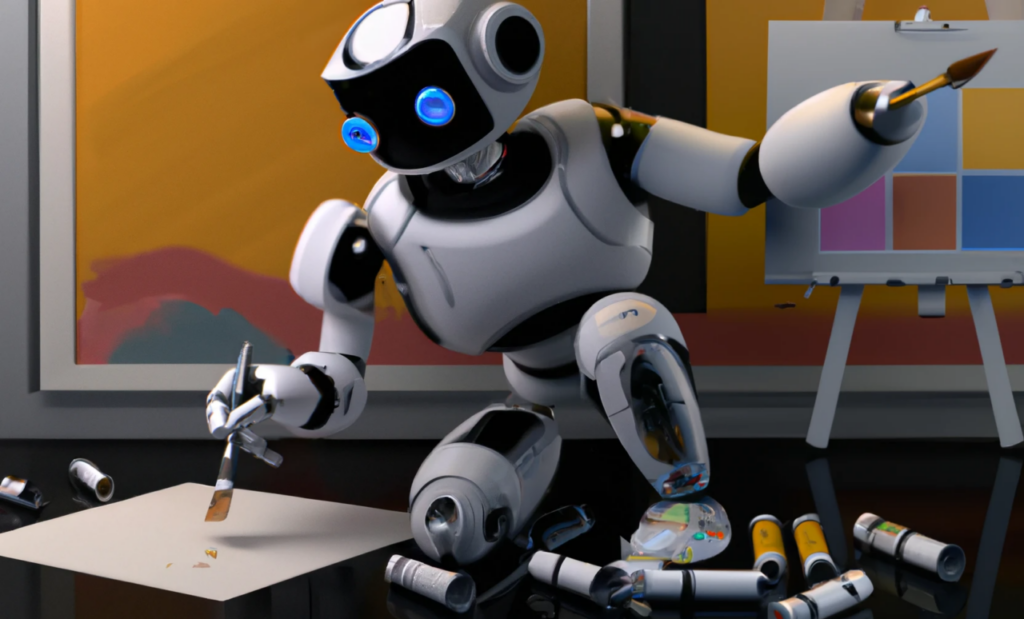
Impact of AI Art on Artists and Audiences
The rise of AI art has had a profound impact on both artists and audiences. Artists now have a new set of tools at their disposal, allowing them to push the boundaries of creativity. With the ability to generate AI prints from photos, artists can transform mundane visuals into striking works of art. On the other hand, audiences have been introduced to an entirely new genre of art. AI art has broadened the definition of art, challenging traditional notions of creativity and originality. For a detailed look at how AI art generation is transforming the art world, explore our blog on How AI Art Generation is Empowering Today’s Artists.
To sum up, the Robot Renaissance signifies an era where artificial intelligence is revolutionizing the world of art. With its ability to learn and create, AI has become an invaluable tool for artists, opening up limitless possibilities for creativity. As we continue to explore and understand the full potential of AI in art, it is exciting to imagine what the future holds for this burgeoning field.
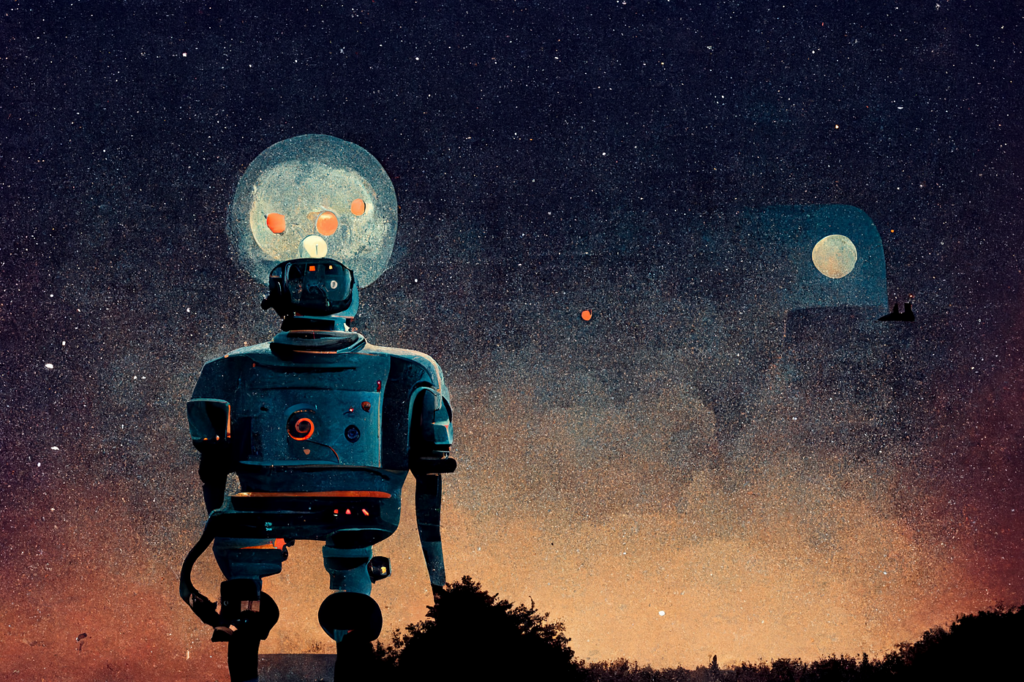
Criticisms and Controversies surrounding AI Art
The Debate of Authorship in AI Art
As intriguing as AI art is, it’s not without its share of controversies. One of the most significant debates revolves around the issue of authorship. If an artwork is generated by an AI, who is the actual artist — the AI or the human who programmed it? This question raises profound implications for intellectual property rights and recognition in the art world. For a comprehensive analysis of this dilemma, visit our blog on Dazzling or Dystopian: The Controversy Over AI Art.
Ethical Concerns Surrounding AI in Art
Another substantial issue pertains to the ethical concerns surrounding AI in art. As AI learns from existing artworks, it raises questions about originality and plagiarism. What distinguishes an AI-created artwork from a derivative or a copy? How do we ensure that AI does not infringe on the rights of existing artists?
Moreover, there are concerns about AI replacing human artists. As AI’s capabilities continue to evolve, it’s feared that AI may eliminate the need for human creativity, turning art into a mechanized process. Our blog on AI Overload: Are We Losing the Human Touch in Art? provides an in-depth exploration of this topic.
Can AI Truly Be Creative?
The question of AI’s creativity is another point of contention. Can a machine, which operates based on logic and algorithms, truly be creative? Or is it merely simulating creativity based on predefined rules? This question probes into the heart of what it means to be creative and whether this quality can be replicated by artificial intelligence.
Celebrating the Robot Renaissance
Examination of Key AI Art Pieces and Their Significance
Despite the controversies, there’s no denying that AI art represents a significant shift in the art world, marking the dawn of the Robot Renaissance. Numerous AI-generated pieces have stunned audiences with their depth and intricacy. AI art pieces, such as the first AI-generated portrait sold at Christie’s, have made headlines, demonstrating the immense potential of AI in the art world. Our blog post Is AI the New Michelangelo? An In-Depth Look at AI Canvas Prints offers a comprehensive look at these remarkable AI art pieces.
Influence of AI Art on Contemporary Art Practices
AI art has influenced contemporary art practices in various ways. It has introduced new methods of creation, pushing artists to rethink their approach to art. The use of AI in art has also stimulated a cross-disciplinary approach, blending the fields of computer science and art. Moreover, AI art has challenged traditional notions of authorship and creativity, sparking conversations and debates that enrich the art discourse.
Potential for New Art Forms and Styles Inspired by AI
As we delve deeper into the Robot Renaissance, we can look forward to new art forms and styles inspired by AI. With the capability to generate art based on a vast array of styles and patterns, AI can potentially create new art forms that we can’t even conceive of today. The ability to transform AI pixels into art could lead to an explosion of creativity, with AI and human artists working together to create unprecedented artworks.
The Robot Renaissance is not just about celebrating the birth of AI art. It’s about acknowledging the transformative power of technology in art and looking forward to the myriad possibilities that this combination promises.
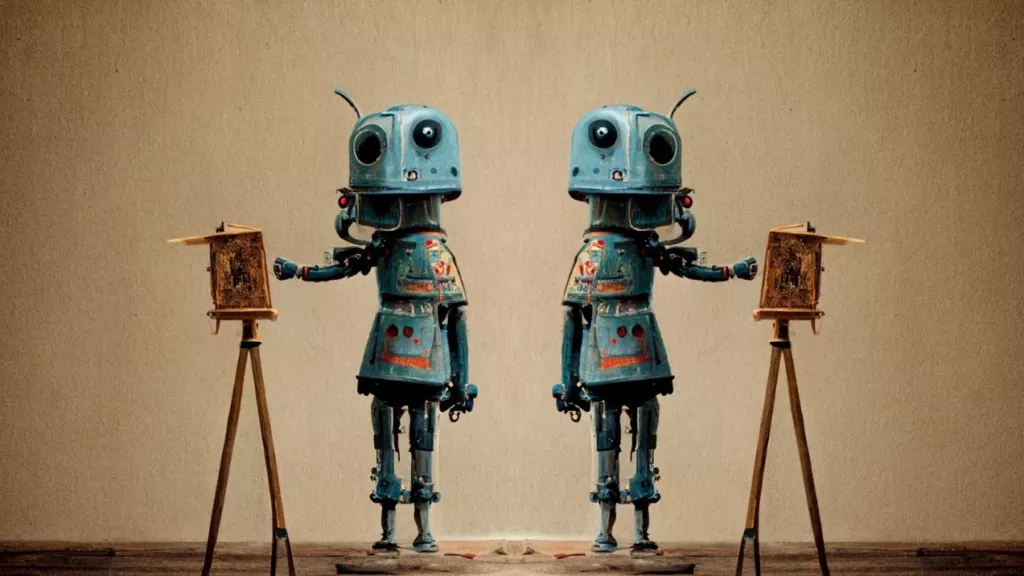
In the spirit of celebrating the Robot Renaissance, let’s delve deeper into the exciting facets of AI art that beckon our attention.
AI Art as a Tool for Experimentation and Innovation
The union of AI and art isn’t merely a fusion of technology and creativity, but a platform for experimentation and innovation. Artists utilizing AI can push their creative boundaries and create artwork that transcends traditional methods. AI’s inherent ability to learn and adapt provides artists with a dynamic tool that evolves alongside their creative process, giving rise to an entirely new artistic methodology.
Recognition and Appreciation of AI Art
As AI art gains recognition, we’re witnessing an increased appreciation for the intricate process of AI art generation and the resulting pieces. Institutions, collectors, and the public are beginning to understand and value the creative potential and aesthetic appeal of AI art. Recognizing the merit of these pieces, galleries and auction houses have begun displaying and selling AI-generated artworks, a testament to the acceptance and rising status of AI art.
AI’s Impact on Artistic Expression and Interaction
AI doesn’t only reshape the creation of art but also transforms the interaction between the artwork and the viewer. By leveraging AI’s capabilities, artists can create interactive artworks that respond and adapt to the viewer’s actions, crafting unique experiences for each individual. This innovative form of artistic expression further enhances the relevance of AI art in contemporary art practices.
Expanding the Definition of Art
Perhaps the most profound impact of the Robot Renaissance is the way it expands our definition of art. By demonstrating that machines can create pieces of emotional and aesthetic value, AI challenges our understanding of art and creativity. As we embrace AI art, we broaden our perspective on what constitutes art, encompassing creations born from human imagination and those crafted by artificial intelligence.
Embracing the Robot Renaissance means more than celebrating AI art; it entails acknowledging the ways this new form is reshaping our cultural landscape. The rise of AI art is a testament to our continuous quest for innovation, and the ever-evolving nature of art. We are at the precipice of a new era in art history, one marked by the harmonious union of technology and creativity, and the limitless possibilities it holds.
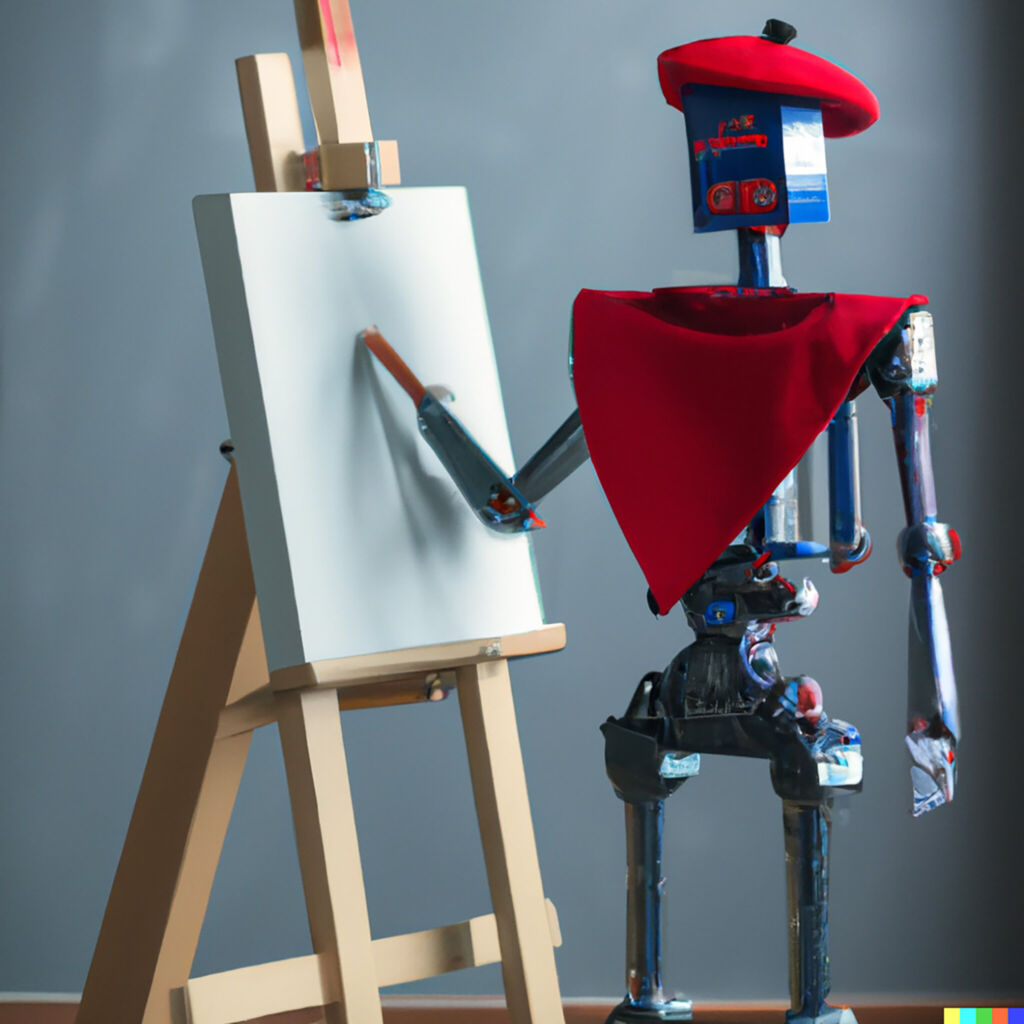
Future of AI Art
Potential Advancements in AI and Their Impact on Art
As we look towards the future of AI art, it’s essential to consider the advancements in AI technology that might shape this field. With the rapid development of AI capabilities, we could witness an exponential growth in the complexity and diversity of AI-generated art.
AI’s ability to learn from large datasets and mimic different artistic styles has the potential to revolutionize the way we create and appreciate art. Future AI systems could be trained to understand and incorporate a wider range of artistic elements and principles, leading to the creation of more sophisticated and nuanced AI prints. Our blog on The Future of Art Galleries: AI Generated Art provides more insights into the potential advancements in AI art.
The Role of AI Art in Shaping the Future Art World
AI art is not just transforming how art is created; it’s also reshaping the art world itself. It’s changing how artists and audiences interact with art, creating new platforms and spaces for showcasing and experiencing art. AI has already made art more accessible, allowing anyone with access to an AI art generator to create unique pieces.
Moreover, AI is addressing some of the art world’s biggest problems, such as the lack of diversity and representation. By democratizing art creation, AI is enabling a broader range of voices to be heard in the art world. Read more about this in our blog AI to the Rescue: Solving the Art World’s Biggest Problems.
Prediction on Future Collaborations Between Humans and AI in Art
One of the most exciting prospects in the future of AI art is the potential for collaboration between human artists and AI. While there are fears of AI replacing human artists, it’s more likely that AI will serve as a tool to augment human creativity. Artists can use AI to experiment with new styles and methods, pushing the boundaries of what’s possible in art.
Conclusion
The Robot Renaissance has marked a pivotal moment in the evolution of art. The birth of AI art, with its blend of technological innovation and creative expression, has transformed the art landscape, raising profound questions and sparking vibrant debates.
Despite the controversies surrounding AI art, there’s no denying its impact and potential. As we move forward, it’s crucial to continue exploring and understanding the capabilities of AI in art. Doing so will allow us to harness the power of AI to broaden the scope of artistic expression and make art more accessible and diverse.
Whether you’re an artist, an art enthusiast, or someone intrigued by the intersection of technology and creativity, the Robot Renaissance offers a fascinating glimpse into the future of art. As we navigate this new era, we can look forward to witnessing the continued evolution of AI art, which promises to challenge, inspire, and dazzle us in ways we can’t yet imagine.
In closing, AI art is not merely a trend or a novelty. It’s a testament to the limitless possibilities of human creativity when augmented by advanced technology. As we celebrate the birth of AI art, we also anticipate the thrilling developments it promises for the future. The Robot Renaissance is just beginning, and its true impact may yet be unseen.
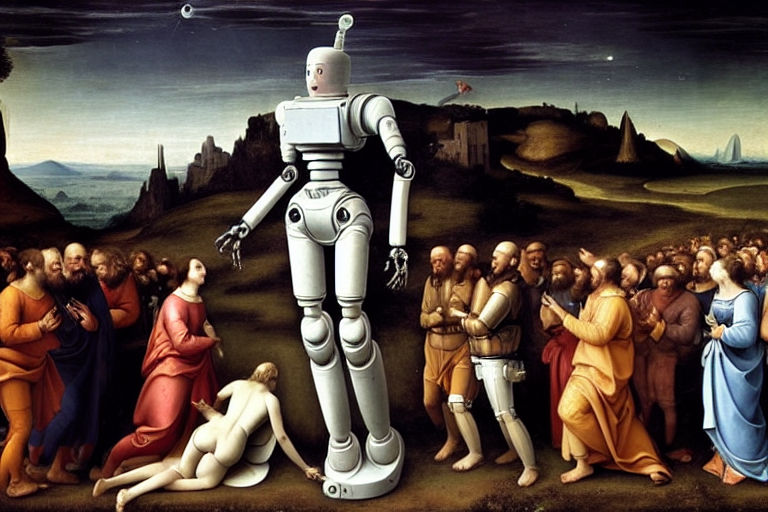
Frequently Asked Questions
Who created the first AI art?
The first piece of AI art was created by a program called AARON, developed by Harold Cohen, a British-born artist.
What is the AI art bot called?
There are several AI art bots with varying capabilities, one of the most known is DeepArt or DeepDream, developed by Google.
When was the first AI robot made?
The concept of an "Artificial Intelligence" robot dates back to the 1950s, but the first physical robots with AI features began to appear in the late 20th century.
What was the first AI art program?
The first AI art program was called AARON, developed by Harold Cohen in the late 1960s and early 1970s.
How was AI art developed?
AI art was developed by training machine learning algorithms on vast datasets of art. The algorithms learn patterns and styles from these datasets and can generate new pieces based on what they've learned.
Why was AI art invented?
AI art was invented as a natural progression of the intersection between technology and art. It allows for new forms of artistic expression and has the potential to revolutionize the art world.
Who implemented art in AI?
Several pioneers in both the field of art and computer science have implemented art in AI. Some notable figures include Harold Cohen, creator of the AARON program, and the engineers behind Google's DeepDream project.
Why has AI art become so popular?
AI art has become popular due to its innovative nature and the unique aesthetics of the art it produces. The ability to create art with complex patterns and styles, beyond human capability, has intrigued and attracted audiences globally.
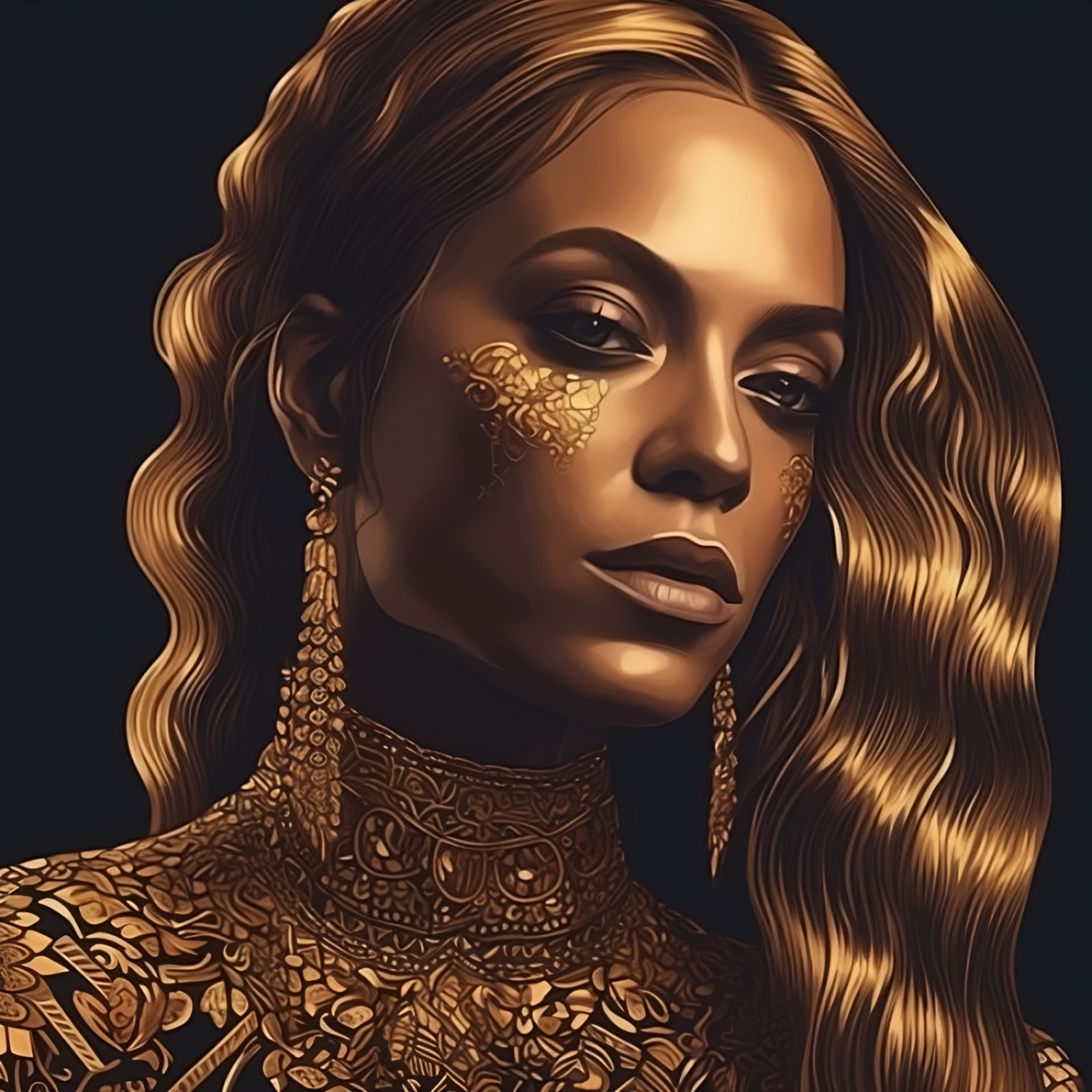

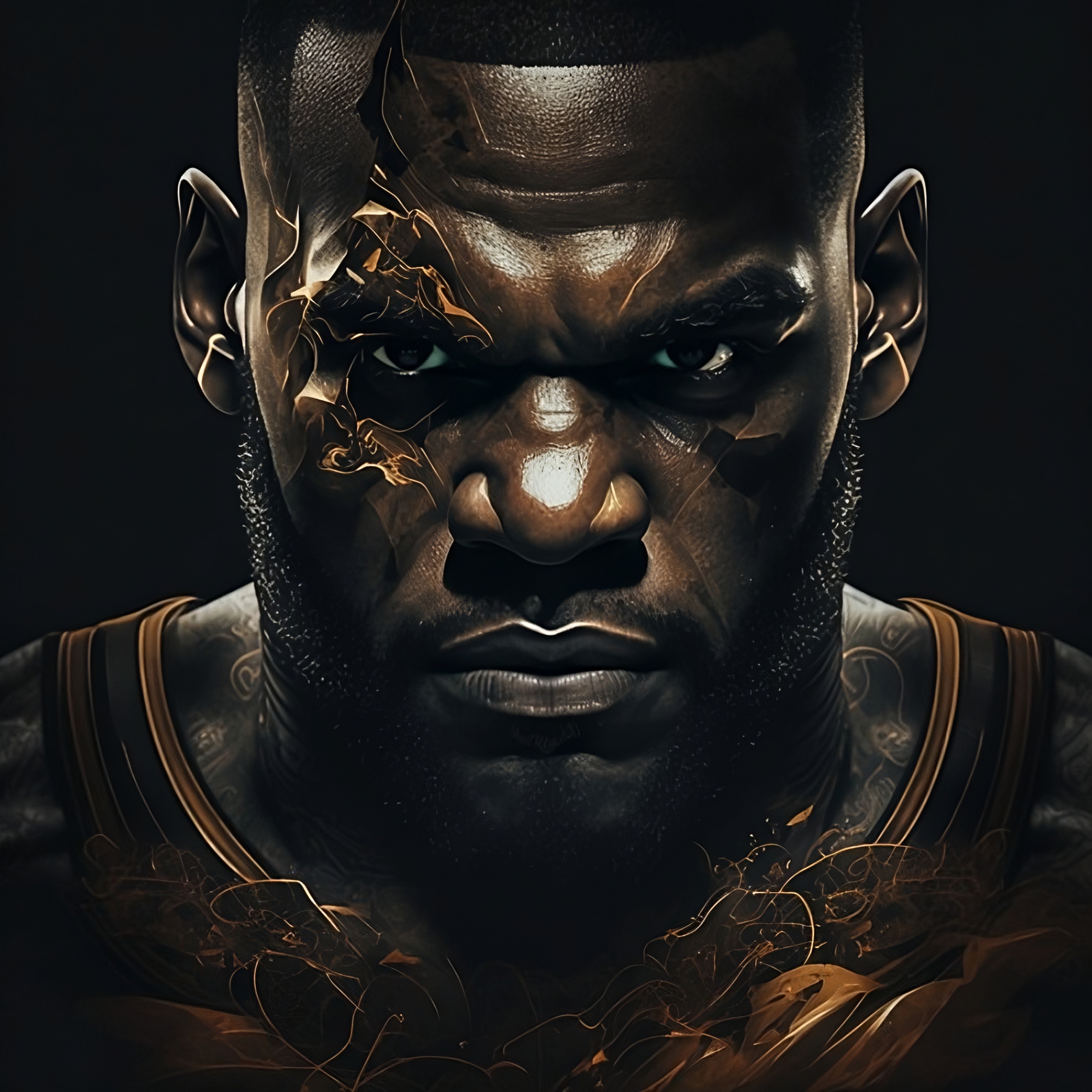

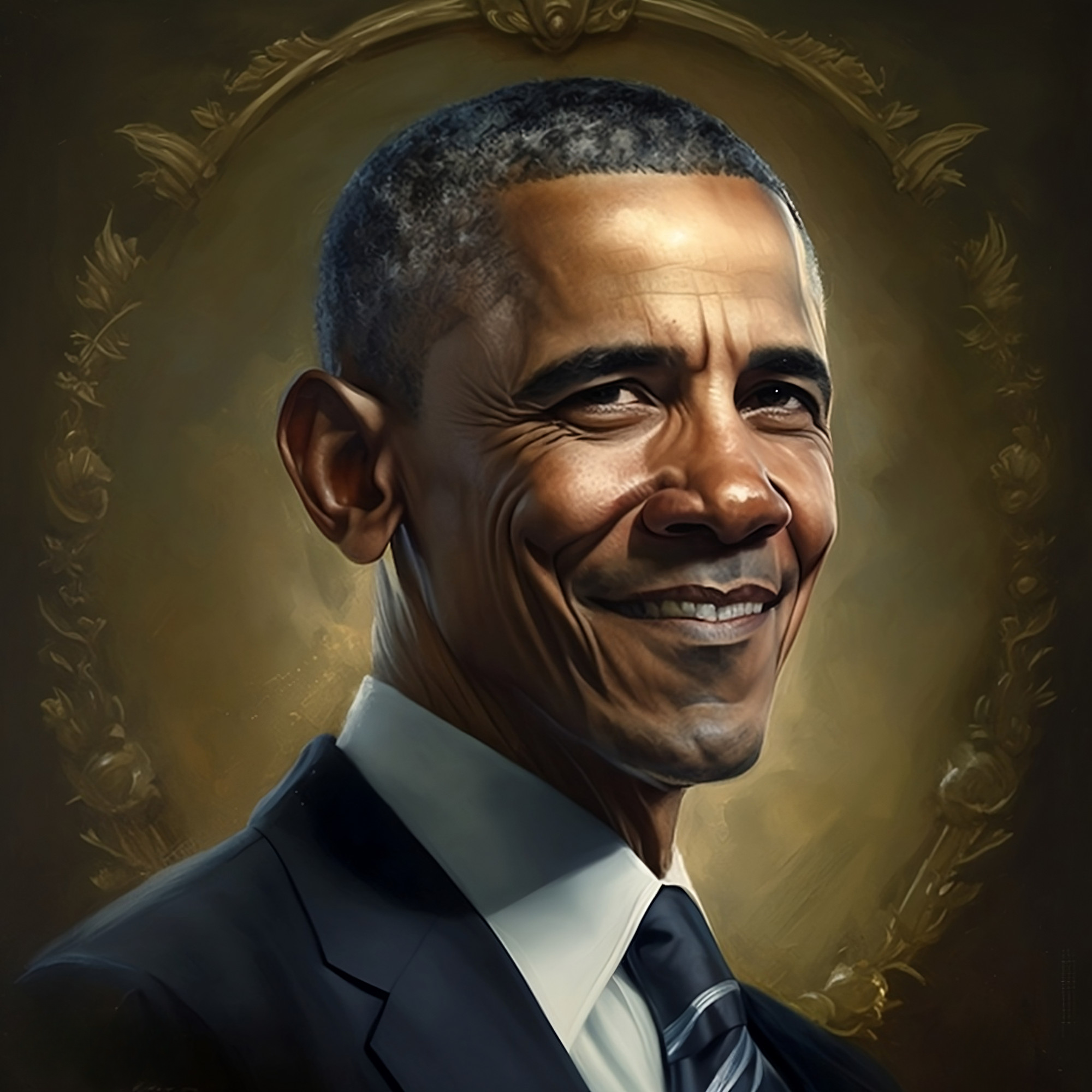

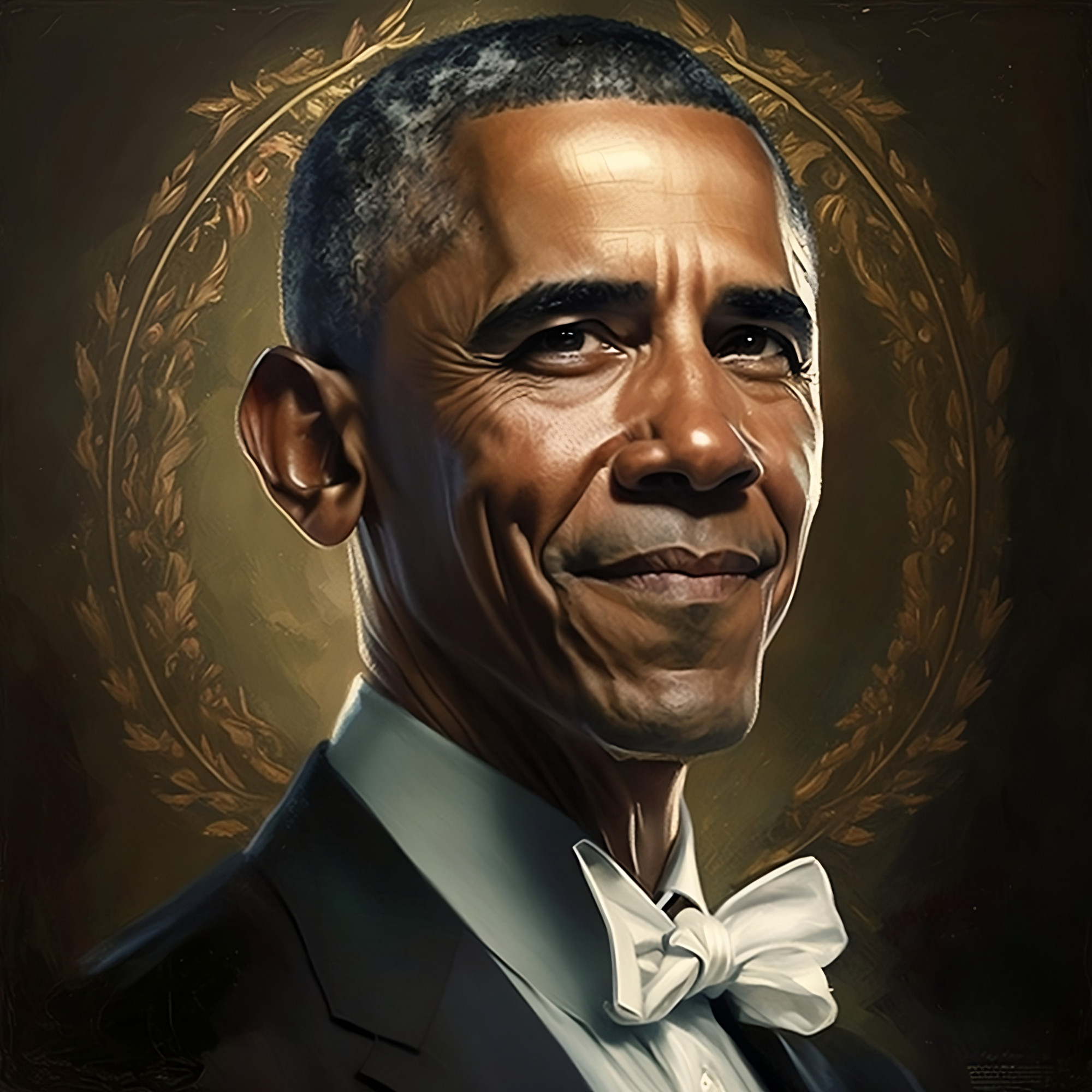
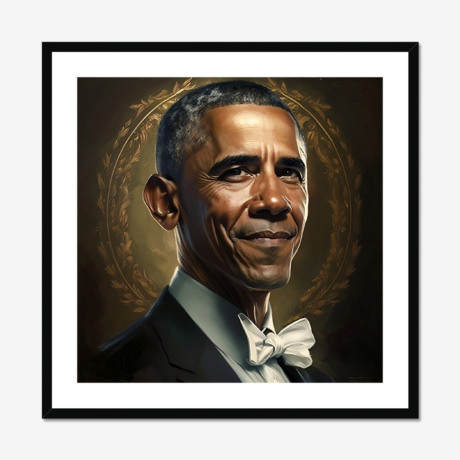
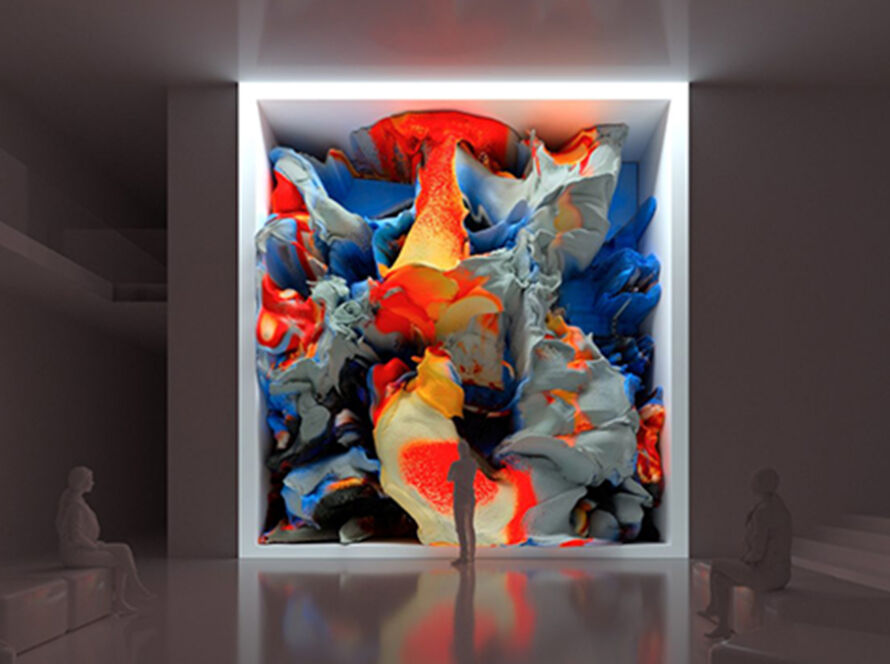
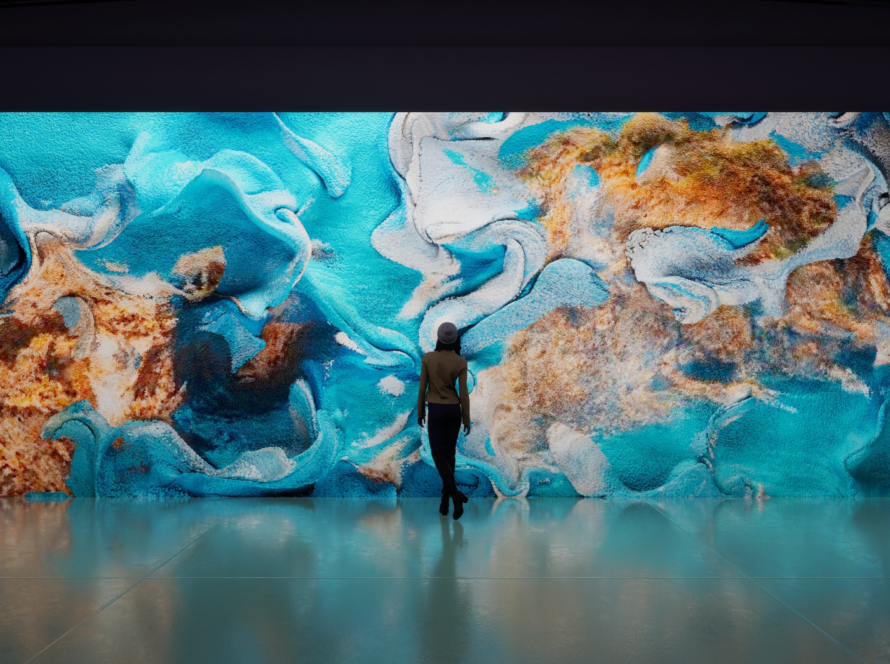
1 Comment